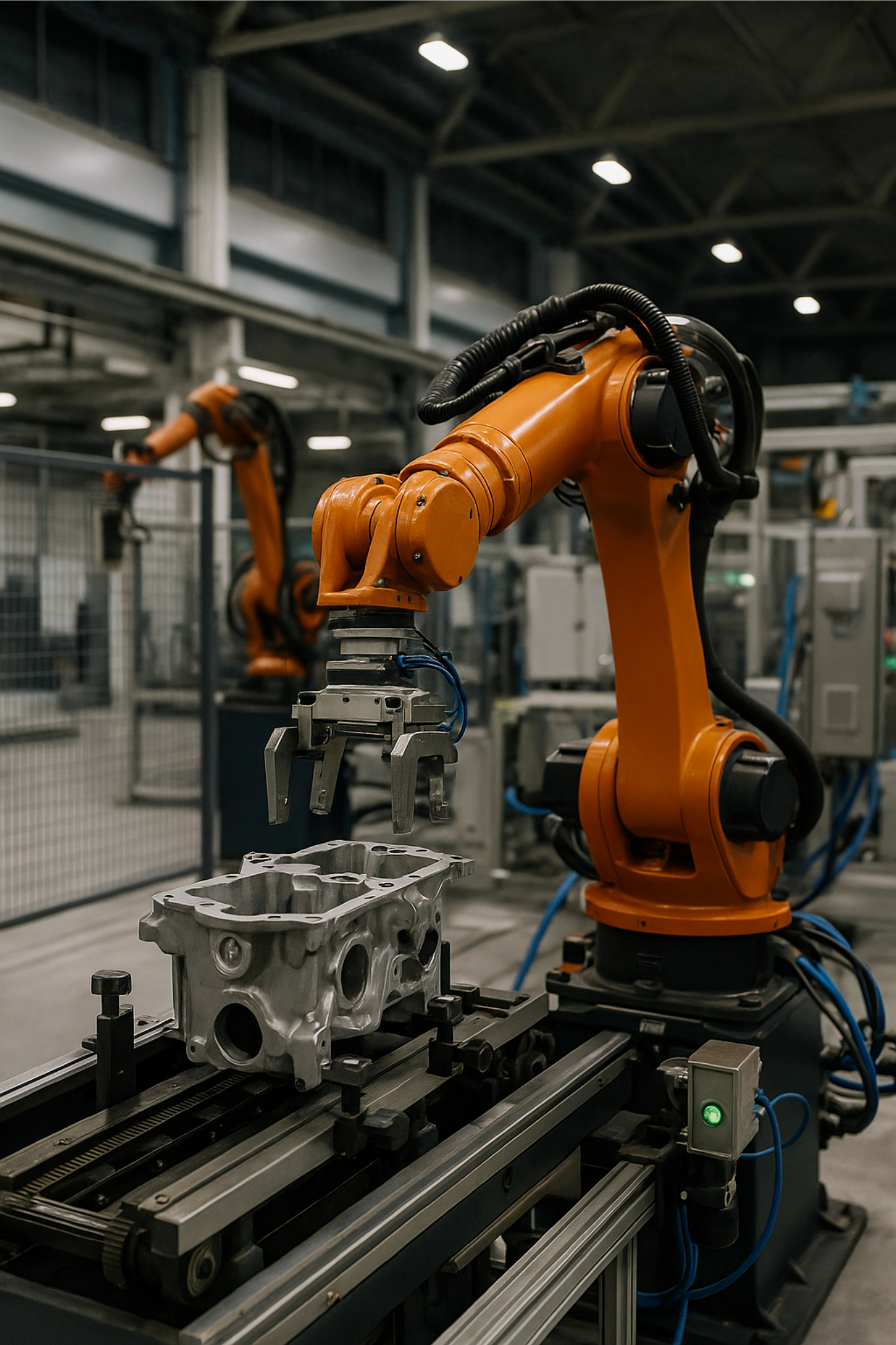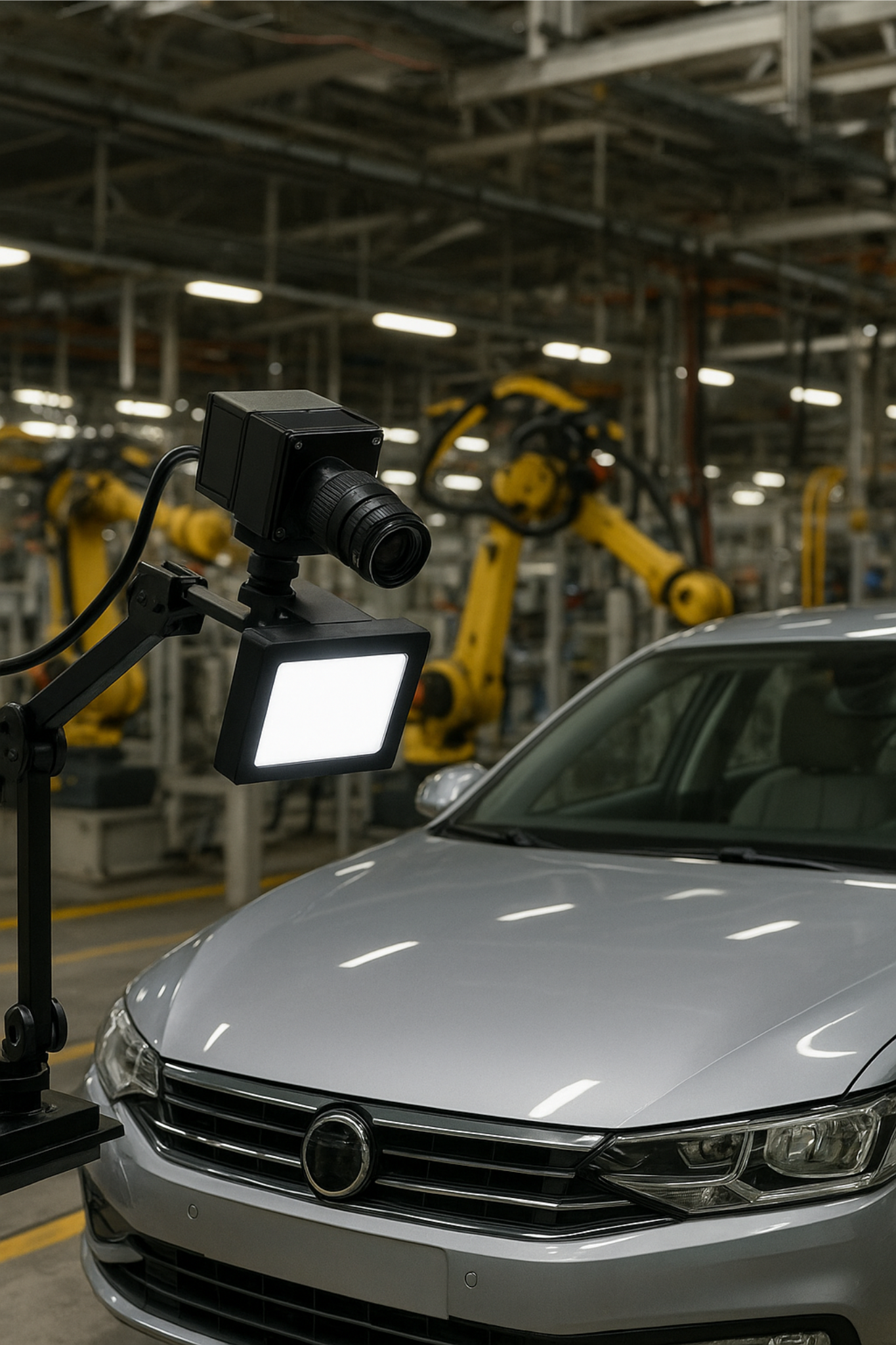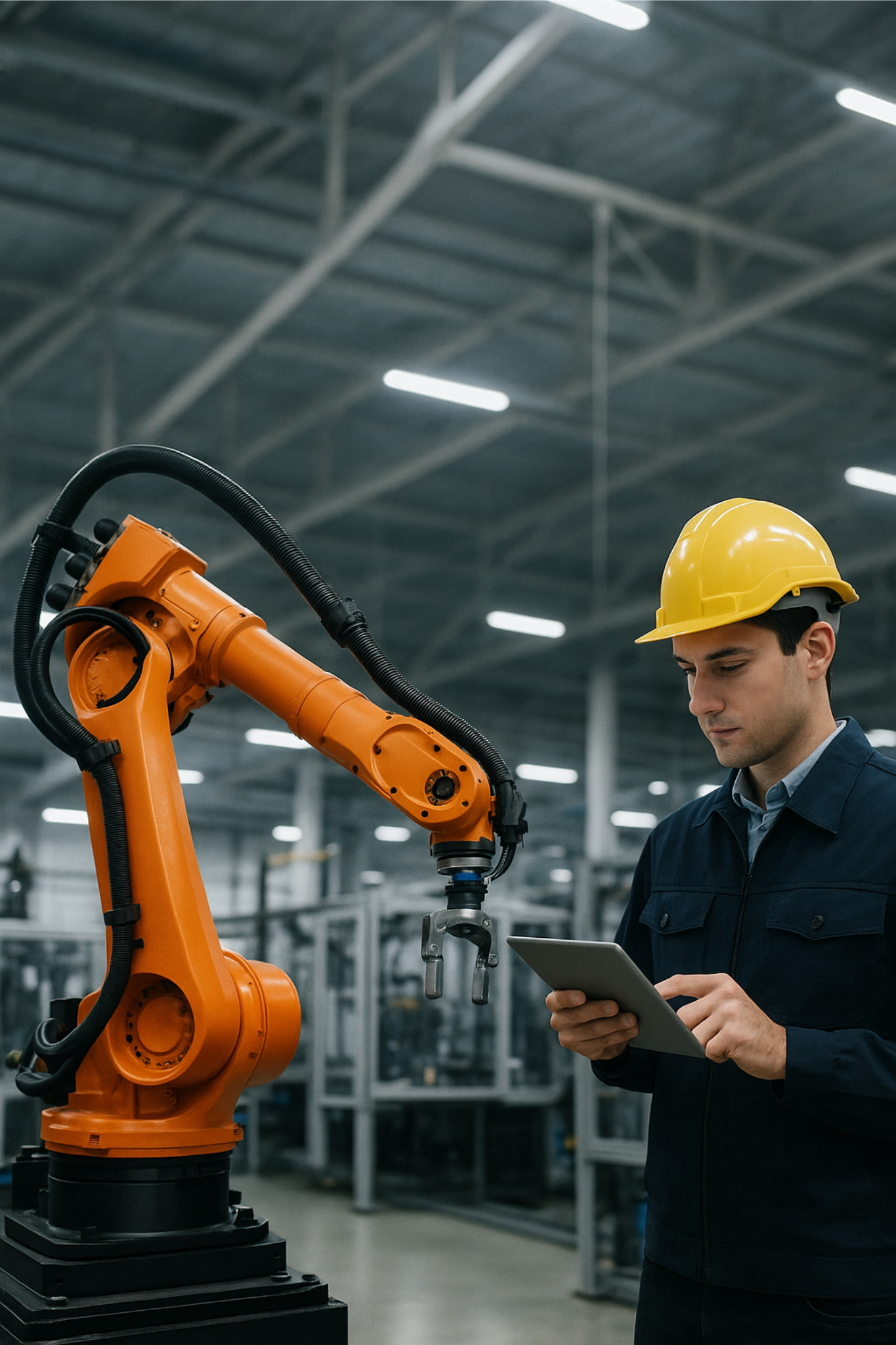Making sure equipment runs smoothly is key in the oil and gas field. A CMMS, or computerized maintenance management system, can be a big help in situations like this. A CMMS makes a technician’s job easier, quicker, and more accurate. In this blog, we’ll explore how it helps boost productivity in oil and gas. We will keep it easy to read and packed with helpful ideas.
1. Better Task Assignment
With a CMMS, all maintenance tasks get logged and assigned clearly. A dispatcher or supervisor can send work orders straight to technicians’ devices. Technicians always know what to do next without confusion. They no longer waste time checking paper forms or asking around. Every job comes with step-by-step instructions, safety details, and parts lists. This simple system keeps technicians focused and organized. They can move from one task to the next without delay.
2. Easy Access To Equipment Information
Oil and gas equipment is complex. Technicians need accurate manuals, schematics, maintenance history, and more. Thanks to a CMMS, all the data you need is just one tap away. Instead of returning to the office for blueprints or logs, technicians can view everything on-site. They spend less time searching for data and more time fixing problems. When you get things faster, you waste less time and finish tasks more easily.
3. Faster Parts Management
Work slows down when you have to search for and order spare parts. It tracks how many parts you have and matches them to the machines they’re used for. When a maintenance task is planned, the required parts are already reserved. If stock is low, the system triggers a reorder. This avoids using time searching for parts during a job. Technicians always have what they need when they need it. This simple change boosts efficiency and cuts waste.
4. Smarter Scheduling Of Preventive Maintenance
Oil and gas machinery needs regular checks to prevent failures. A CMMS sets up these preventive tasks for you, based on time or how much the equipment is used. Technicians receive alerts about upcoming checks before failures happen. Instead of fixing broken equipment, they prevent problems from happening. This proactive method saves time and ensures equipment runs smoothly. Technicians feel less pressure fixing emergencies and get more done in a planned way.

5. Get Updates & Feedback Right Away
When a technician finishes a task, they enter updates immediately into the system. Supervisors and team members can see progress in real time. If a part is missing or if there is a delay, everyone knows right away. This avoids confusion and makes supervisors aware of issues fast. With better communication, technicians can move on to the next task without waiting for feedback.
6. Mobile Tools For Technicians
CMMS systems often include mobile apps. Technicians can carry a tablet or phone to the field and see job details, checklists, parts info, and allow entry of real-time data. They do not need to go to the control room or office. Having all the information in their hand makes their work flow better. Checking off tasks, uploading photos, and reporting issues become quick and easy.
7. Better Tracking Of Time & Performance
With a CMMS, technicians can record how long tasks take. This helps managers see how time is being used. Over time, they see which machines or tasks take longer than expected. Managers can then give more training or improve procedures. Technicians can learn best practices from data and perform better. This boosts confidence and productivity.
8. Less Paperwork, More Focus
Paperwork takes time. It’s easy to lose or make mistakes on. Out in the field, techs may forget job details or safety notes. A CMMS eliminates this risk by making everything digital. Job history, parts used, safety inspections, and notes are all collected electronically. Technicians spend less time on data entry and more time on the job. This reduces errors and improves accountability.
9. Continuous Improvement Culture
By sharing system data, teams can find new ways to work faster and more efficiently. If machines keep breaking or parts are always being ordered, the team can find out why and make things better. A CMMS supports this culture of learning and innovation. Technicians feel more engaged and motivated. Productivity grows because everyone works as a smarter team.
10. Improved Safety & Compliance
Oil and gas fields are high risk. Safety inspections and compliance checks are mandatory. A CMMS can include built-in safety checklists. Technicians cannot skip critical steps because the system requires them to confirm task completion. These records are saved automatically. Supervisors can audit safety data. This ensures tasks are done correctly and regulators have proof.
Conclusion:
A CMMS is more than just software. It is a tool that makes technicians work smarter, faster, and safer. In the oil and gas industry, every working minute and every safe move matters. When tasks are clear, parts are managed well, and tools and data are easy to access, technicians can work better and feel less stress.
Since you’re already here, why not take the next step? See how our CMMS tools help oil and gas teams work better and safer. Explore real success stories, check out the features, or connect with us to see how we can support your maintenance goals. Your team’s productivity could be just a few clicks away.












